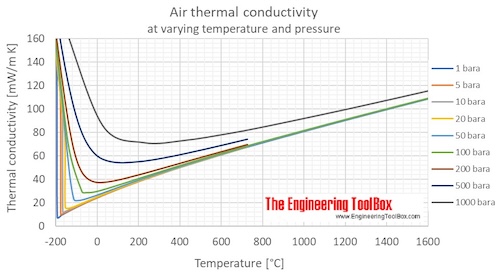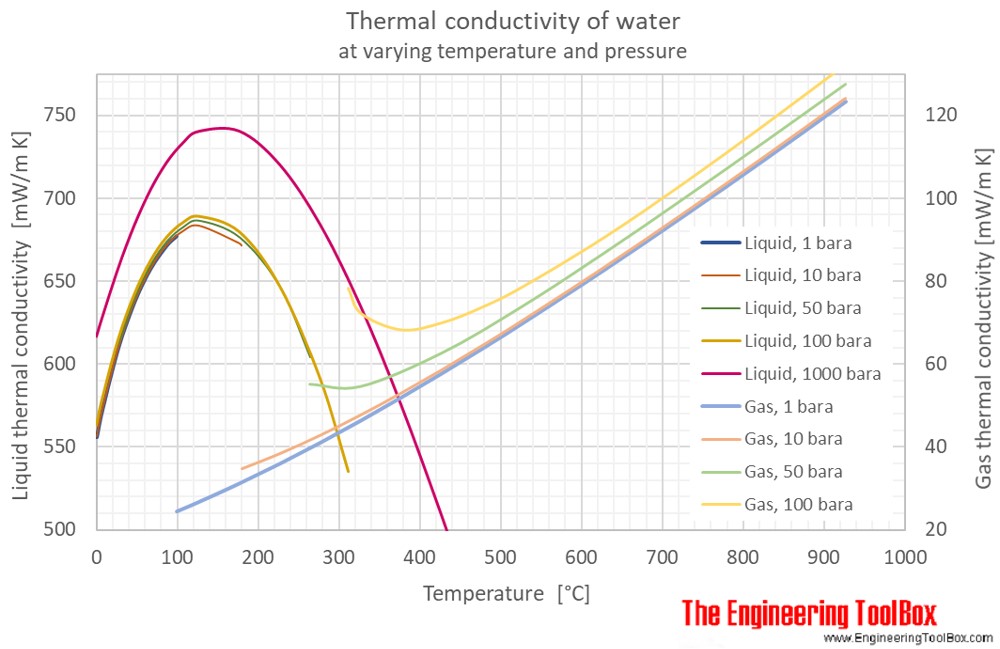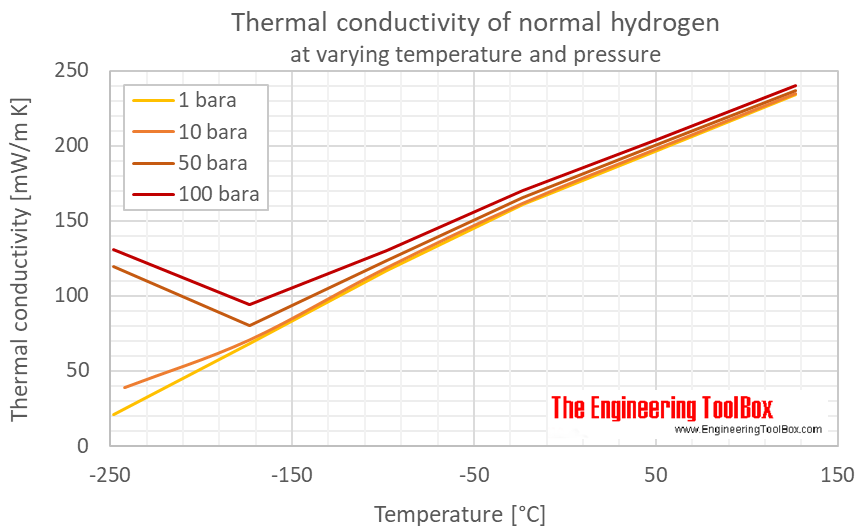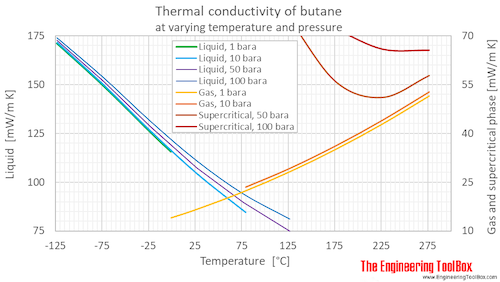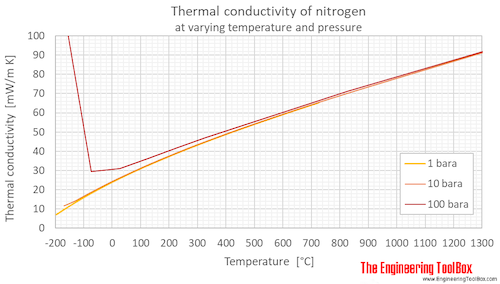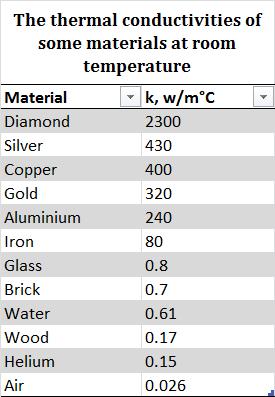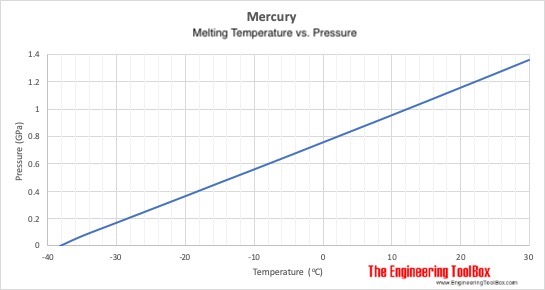Air thermophysical properties thermal properties of air density viscosity critical temperature and pressure triple point enthalpi and entropi thermal conductivity and diffusicity and more butane specific heat online calculators figures and tables showing specific heat cp and cv of gasous and liquid butane c 4 h 10 at.
Thermal conductivity of air at room temperature.
The most common theoretical explanation of heat conduction in gases is provided by the kinetic gas theory which treats the collisions between the atoms or molecules as the.
The value of thermal conductivity for most gases and vapors range between 0 01 and 0 03 w mk at room temperature.
There are several ways to measure thermal conductivity.
This chart gives the thermal conductivity of gases as a function of temperature.
Notable exceptions are helium 0 15 and hydrogen 0 18.
Air thermophysical properties thermal properties of air density viscosity critical temperature and pressure triple point enthalpi and entropi thermal conductivity and diffusicity and more air conditioning cooling of air and generated condensate water may condensate when air is cooled in an air conditioning system.
Thermal conductivity is a material property that describes ability to conduct heat thermal conductivity can be defined as the quantity of heat transmitted through a unit thickness of a material in a direction normal to a surface of unit area due to a unit temperature gradient under steady state conditions.
Broadly speaking there are two categories of measurement techniques.
Unless otherwise noted the values refer to a pressure of 100 kpa 1 bar or to the saturation vapor pressure if that is less than 100 kpa.
Thermal conductivities of air at dissociation conditions are given in table 6.
At low pressures and high temperatures the thermal conductivity sharply increases due to dissociation.
Thermal conductivity most common units are w m k in the si system and btu h ft.
With growing temperature the thermal conductivity goes through maximums which are connected with maximum heat transfer by the heats of respective reactions.
Steady state and transient steady state techniques infer the thermal conductivity from measurements on the state of a material once a steady state temperature profile has been reached whereas transient techniques.

